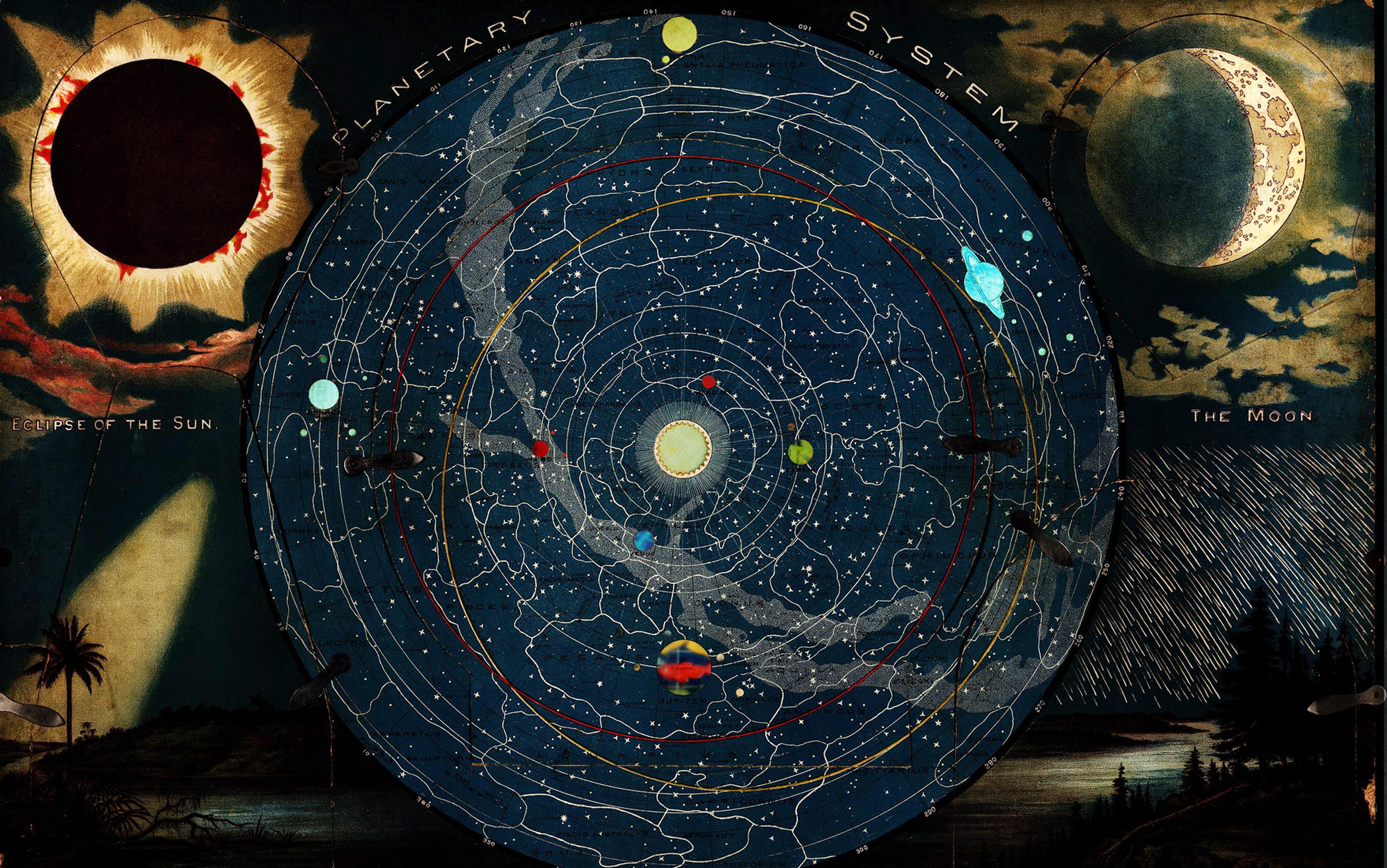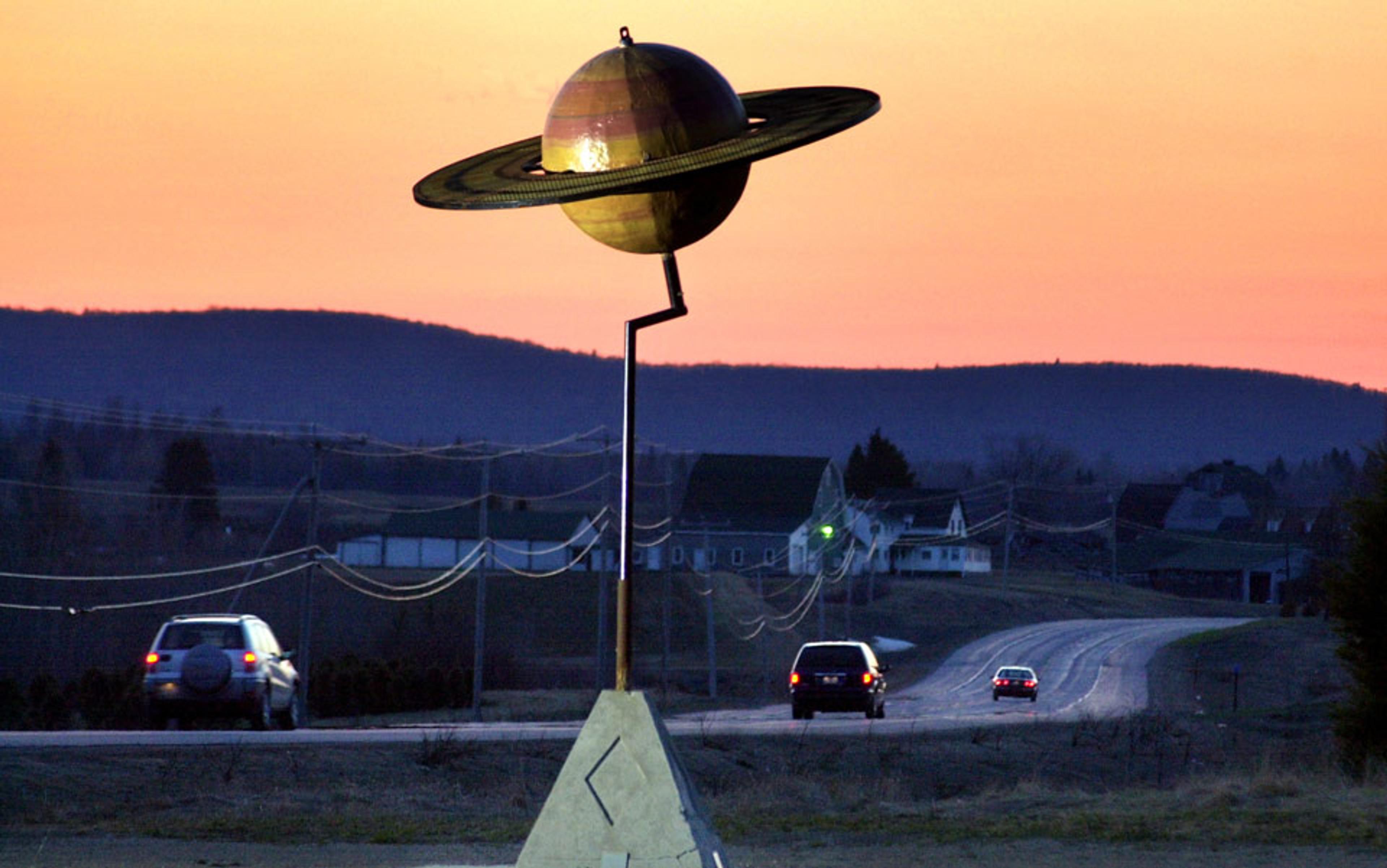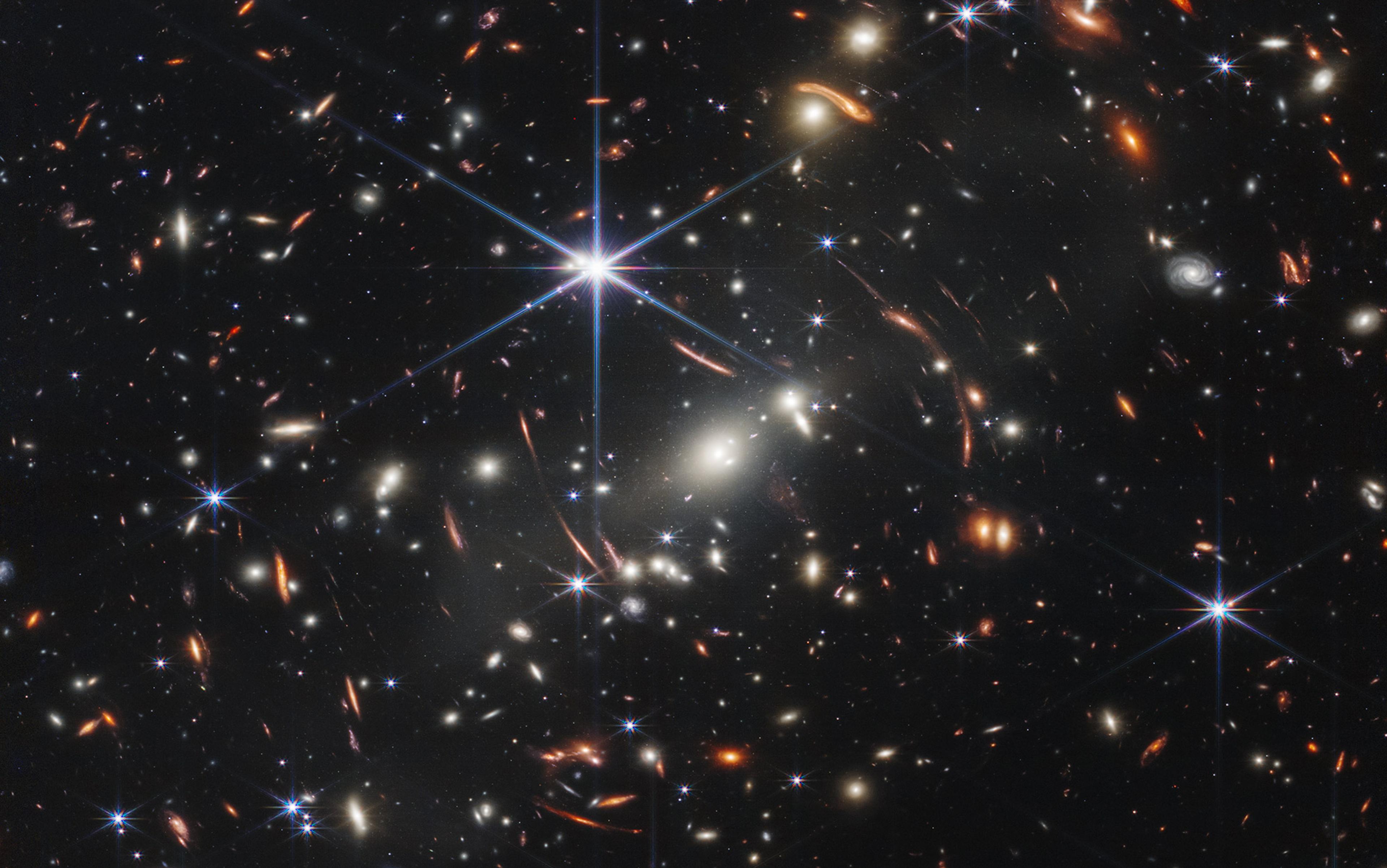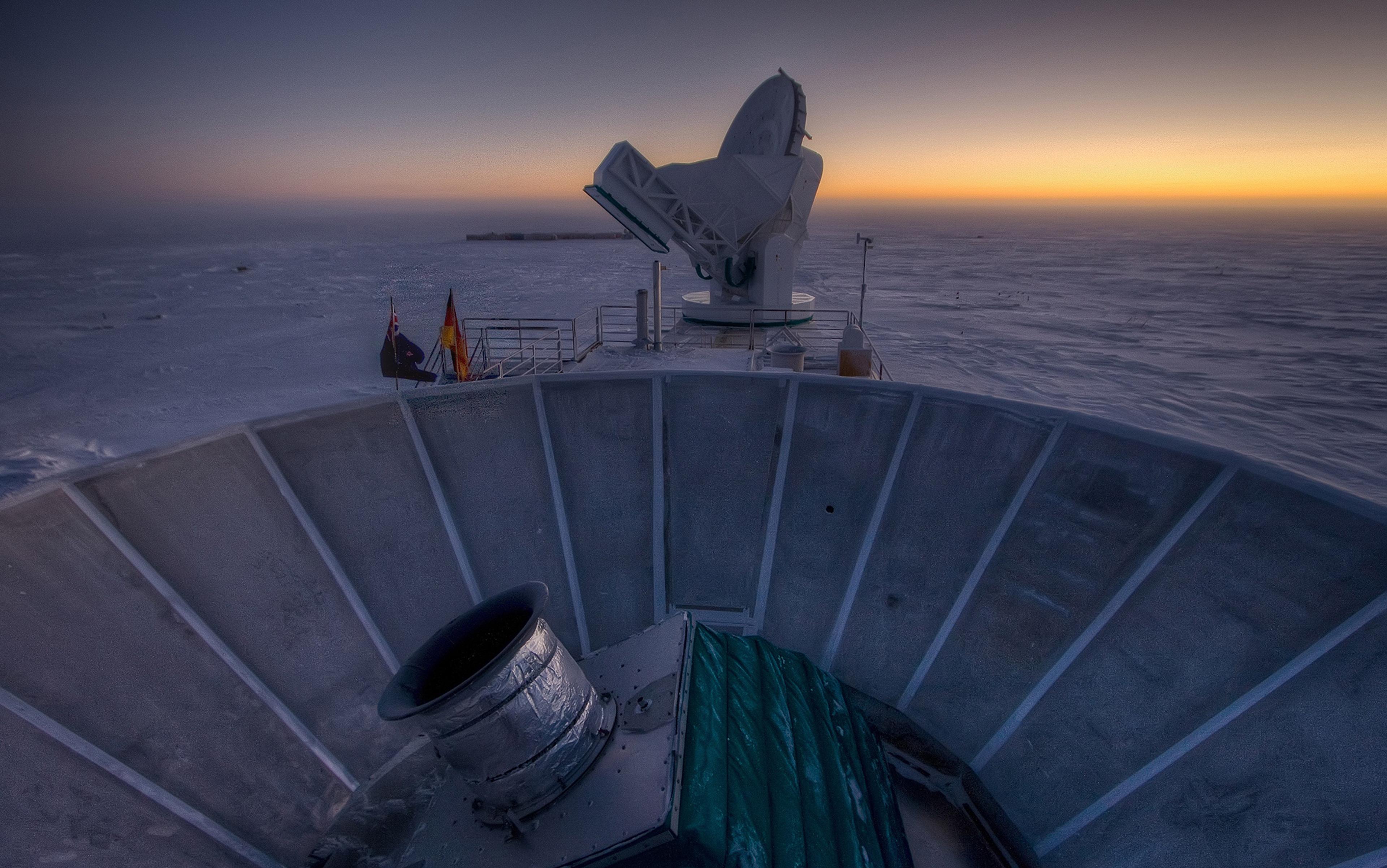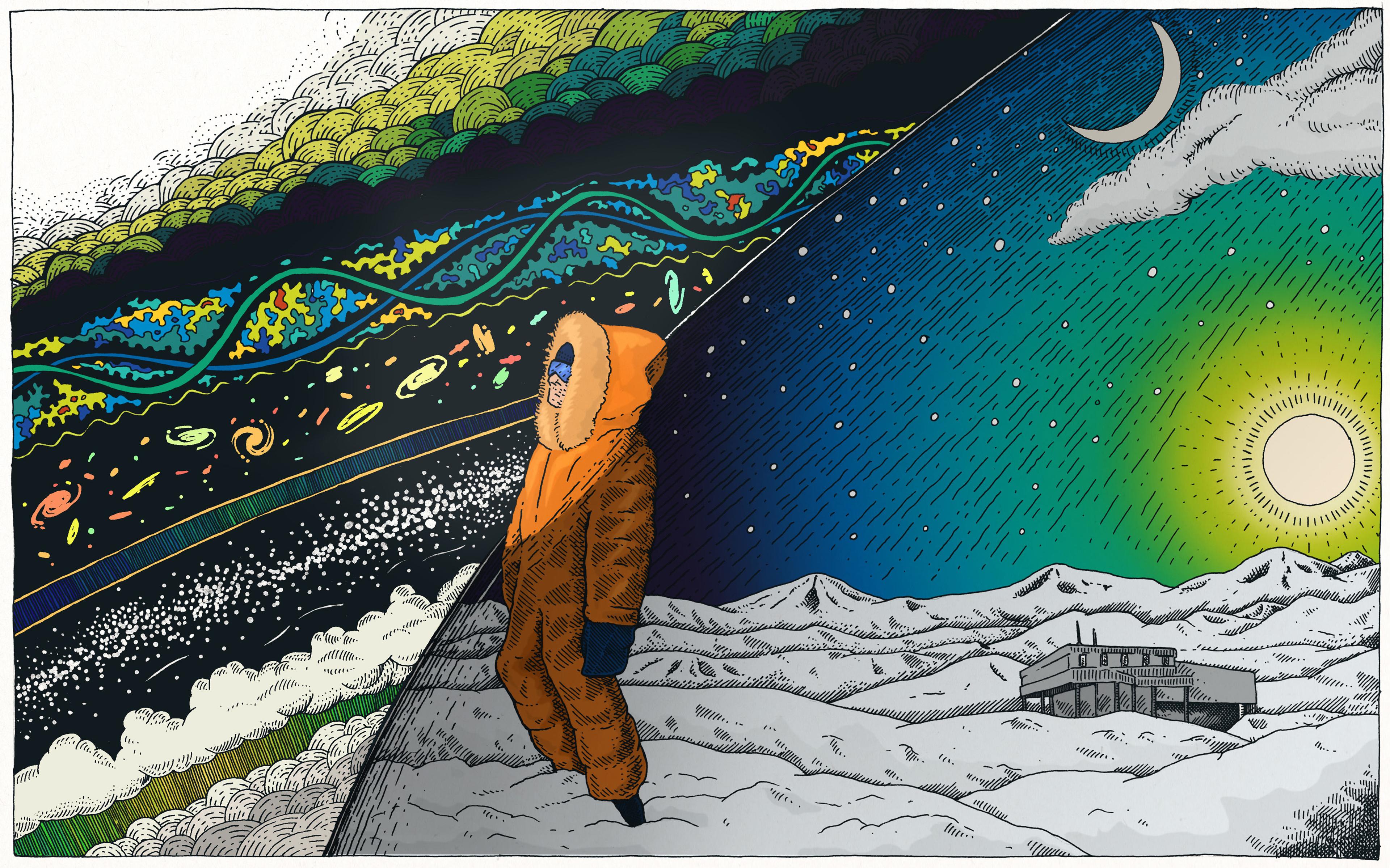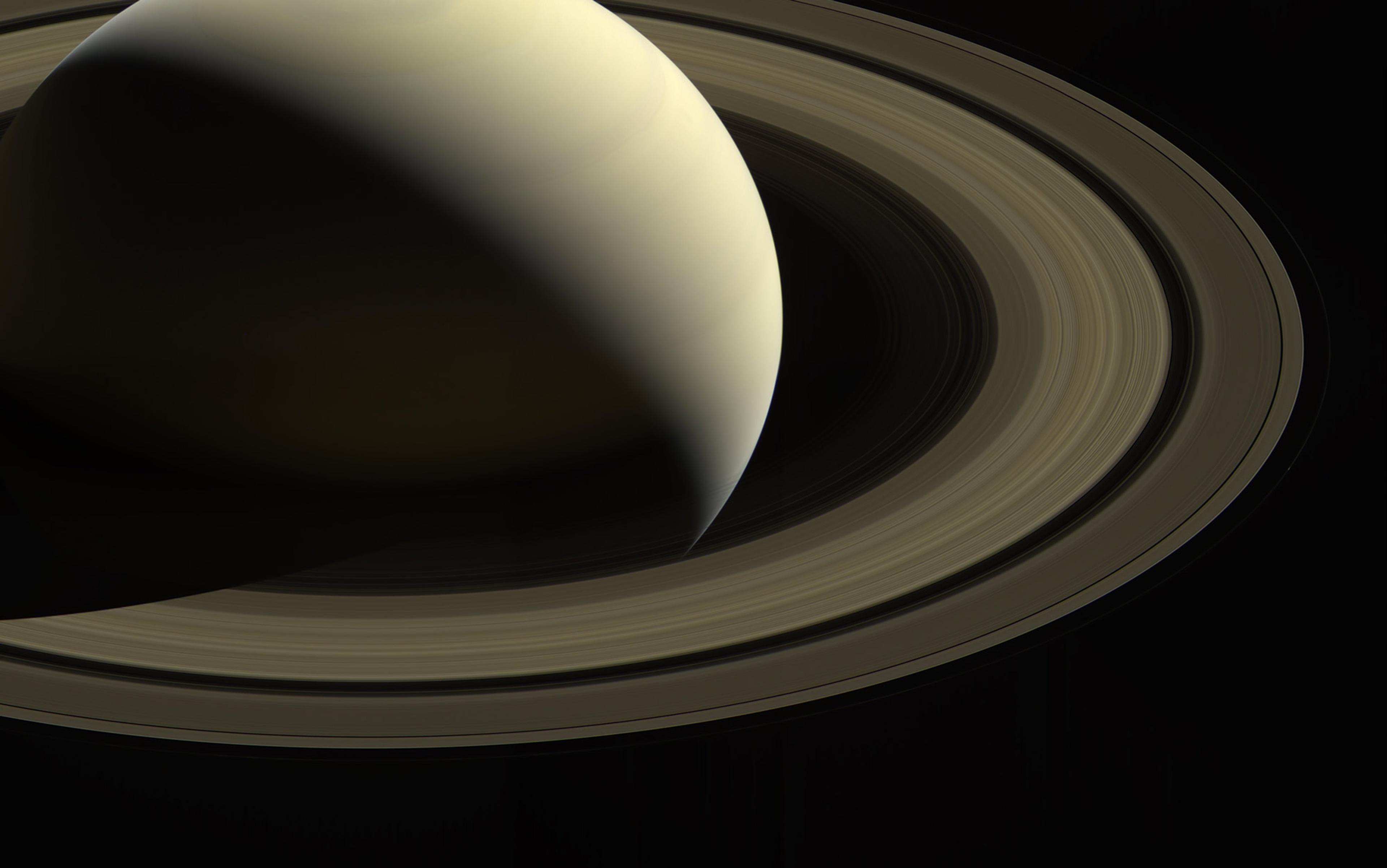It was the autumn of 1846, and John Herschel (1792-1871), the British astronomer and natural philosopher, was not sleeping well. He had just put his foot into the century’s most acrimonious astronomical dispute, and now he was being abused by those on both sides of the matter – his British colleagues on the one hand, and French astronomers and their European allies on the other. By the 1840s, Herschel, who was first knighted and later made a baronet by Queen Victoria, was one of the astronomical community’s leading lights. As the son of William Herschel (1738-1822) – the musician-turned-astronomer who had discovered the first planet in recorded history and neatly doubled the size of the solar system – John had inherited his father’s massive telescopes and method of sweeping the night sky for new objects beyond the solar system. He had also inherited and extended his father’s legacy to become the de facto spokesman of Victorian science. John Herschel’s treatise on the scientific life, A Preliminary Discourse on the Study of Natural Philosophy (1830), was a contemporary bestseller, and influenced a generation of thinkers who followed after him, from John Stuart Mill to Charles Darwin. Indeed, as the historian of science Walter F (later Susan Faye) Cannon quipped in 1961, being scientific in the Victorian era meant simply to ‘be as much like [John] Herschel as possible’.
But, for a few weeks in late 1846, even John Herschel didn’t want to be John Herschel. French astronomers had just announced another new planet beyond the one that Herschel Senior had discovered back in 1781. Whereas William Herschel’s planet (known today as Uranus) had been an accidental, serendipitous discovery, the location of this new one had been mathematically predicted by the French astronomer Urbain Le Verrier (1811-77). Shortly thereafter, this prediction was confirmed by observation at the Berlin Observatory on the evening of 23 September 1846. The new planet was the first celestial body detected by mathematical analysis, a stunning achievement for mathematical physics and for Isaac Newton’s gravitational synthesis.
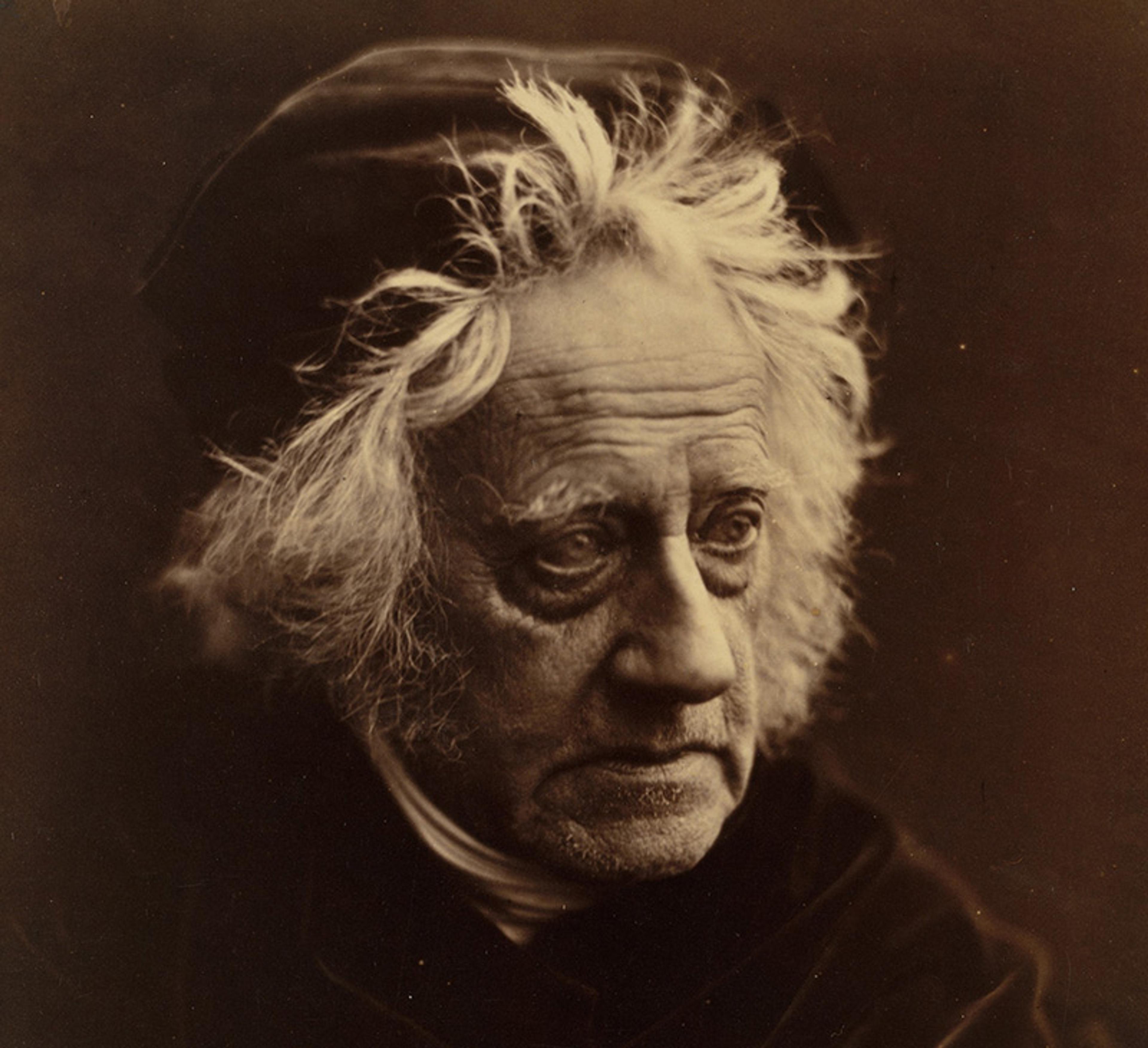
Astronomer Sir John Herschel photographed in 1867 by Julia Margaret Cameron. Courtesy the Met Museum, New York.
Herschel was thrilled by the discovery. However, he, along with a handful of other British astronomers, was also aware that someone else had been working on similar calculations, and that those calculations had come quite close to predicting the new planet’s location, independent of Le Verrier’s work. This person was the shy, retiring Cambridge mathematician John Couch Adams (1819-92). Whereas Le Verrier was renowned in the astronomical community, Adams was almost completely unknown outside of England. Yet, based on Adams’s calculations, the Cambridge Observatory had begun a slow, meticulous search for the new world prior to the announcement of the discovery in Berlin.
The result was that, when Le Verrier announced the successful discovery of the new planet, Herschel felt obliged to speak up publicly for Adams’s work, making the British look like sore losers. Le Verrier and astronomers abroad were rightly indignant, and many in Britain were outraged too, wondering why Adams’s work hadn’t received more attention and possibly beaten the French to it. Herschel found himself in the middle of this brewing storm. The day after reading an angry public response from Le Verrier, Herschel told his friend William Whewell (1794-1866), Master of Trinity College, Cambridge, that he had been up all night drafting a response.
To his credit, Herschel thought he was being entirely fair. He had known about Adams’s search, and had even alluded to it in his speech to the British Association for the Advancement of Science in September, less than a month before the planet was discovered. To Herschel, the point wasn’t who had observed the planet first or what that meant for relative national prestige. Rather, the important fact was that two different astronomers had independently reached the same result in their predictions of both the planet’s existence and its approximate location in the sky. This coincidence should not be a matter of contention or dispute, Herschel felt, but rather a reason for celebration because it showed the predictive power of mathematical physics.
Herschel, despite his public profile, had a self-effacing personality and hated controversy. Ever diplomatic, he immediately worked to smooth things over. His conciliatory approach seemed to work, and the controversy died down. Le Verrier and his colleagues were placated, and the Royal Society awarded the French astronomer the prestigious Copley Medal for his work leading to the planet’s discovery. The next summer, Herschel even orchestrated a meeting at his home between Le Verrier and Adams, during which by all accounts the two ‘co-discoverers’ got on fabulously.
Yet there still remained the delicate issue of naming the new planet, a consideration that threatened to reignite the entire controversy. Classically, the visible planets known since antiquity were named after Roman gods: Mercury, Venus, Mars, Jupiter and Saturn. When John Herschel’s father William discovered the planet now called Uranus in 1781, he broke this tradition, naming it the Georgium Sidus, or ‘George’s Star’, after King George III. George III had recently lost the British colonies in North America in the American Revolution but, through William’s discovery and flattering name, the king could now be said to have gained an entire new world in the heavens.
There was some precedent for this kind of personal naming. When Galileo in 1610 discovered that Jupiter had four moons, he gave them the collective name of the Medician Stars, after the Medici family, the rulers of Tuscany and eventually patrons of Galileo. But by the time of the discovery of Le Verrier’s world in 1846, the name Georgium Sidus was falling out of favour for Uranus; no one called the moons of Jupiter the Medician Stars; and all the minor planets discovered since 1801 (known today as asteroids) had been given names from Greek mythology. It seemed that the heavens were becoming ‘neutral ground’ – the names were clearly Eurocentric but at least classical, with no immediate nationalistic connotations.
The controversy over Le Verrier’s planet threatened to undo all this. Le Verrier, it turned out, was eventually convinced by his French colleagues that the planet – which most agreed he had the right to name, British claims to the contrary notwithstanding – should be named after him and called simply ‘Le Verrier’. Indeed, Le Verrier attempted to recruit Herschel’s support for this idea, writing to Herschel at the end of November 1846 that he (Le Verrier) would henceforth refer to Uranus only as ‘Herschel’, after its original discoverer. If William Herschel’s planet was named after its discoverer, it only made sense that Le Verrier’s planet could be named the same way. John Herschel once again found himself in an awkward position. As the only other astronomer with a personal stake in the celestial naming scheme, and as a central and leading member of the nascent international scientific community, his opinion held sway.
By now, Herschel didn’t want anything more to do with the controversy. As he wrote to his friend Whewell: ‘I have said enough … to get heartily abused in France, and I don’t want to get hated in England for saying more.’ Besides, he personally favoured a mythological naming scheme for the planets, and had long abandoned the name Georgium Sidus for the planet his father had discovered, referring to it instead as Uranus.
Yet if Herschel started an argument with Le Verrier, it could rekindle the entire dispute about priority, especially as other British astronomers – affronted by the idea of a Planet Le Verrier – were arguing that Adams had as much right to name it as Le Verrier. And worse, the name that many British astronomers were arguing for was ‘Oceanus’, a loaded moniker if there ever was one. As one observer pointed out, the French, who had been defeated within recent memory by the might of the British navy, were as likely to accept ‘Oceanus’ as they were if the British had suggested ‘Wellington’, after Napoleon’s opponent at Waterloo.
Then Herschel happened upon a plan to avoid this ‘confounded scrape’ altogether. He realised that he could do a clever end-run around the dilemma by moving to establish a nomenclature not for planets but for their moons instead. This ploy worked, and it remains the basis of naming satellites in the outer solar system.
To understand Herschel’s plan, we need to take a brief look at how moons were named in the solar system up to this point – or rather, how they weren’t named. As already mentioned, when Galileo discovered the moons of Jupiter, he didn’t give them individual names. He simply referred to all four as the Medician Stars. Simon Marius (1573-1624) – a German astronomer who spotted the moons at roughly the same time as Galileo – did give them names, though not the ones that might be expected. He thought they should be referred to by planetary analogues: the Mercury of Jupiter, the Venus of Jupiter, the Saturn of Jupiter, and the Jupiter of Jupiter. (He didn’t assign a Mars of Jupiter for astrological reasons, and also because none of the moons had Mars’s reddish tint.) If these names were too confusing, he offered names that he said his friend Johannes Kepler (1571-1630) had suggested: Io, Europa, Ganymede and Calisto – all mythological companions (amorous or otherwise) of Jupiter.
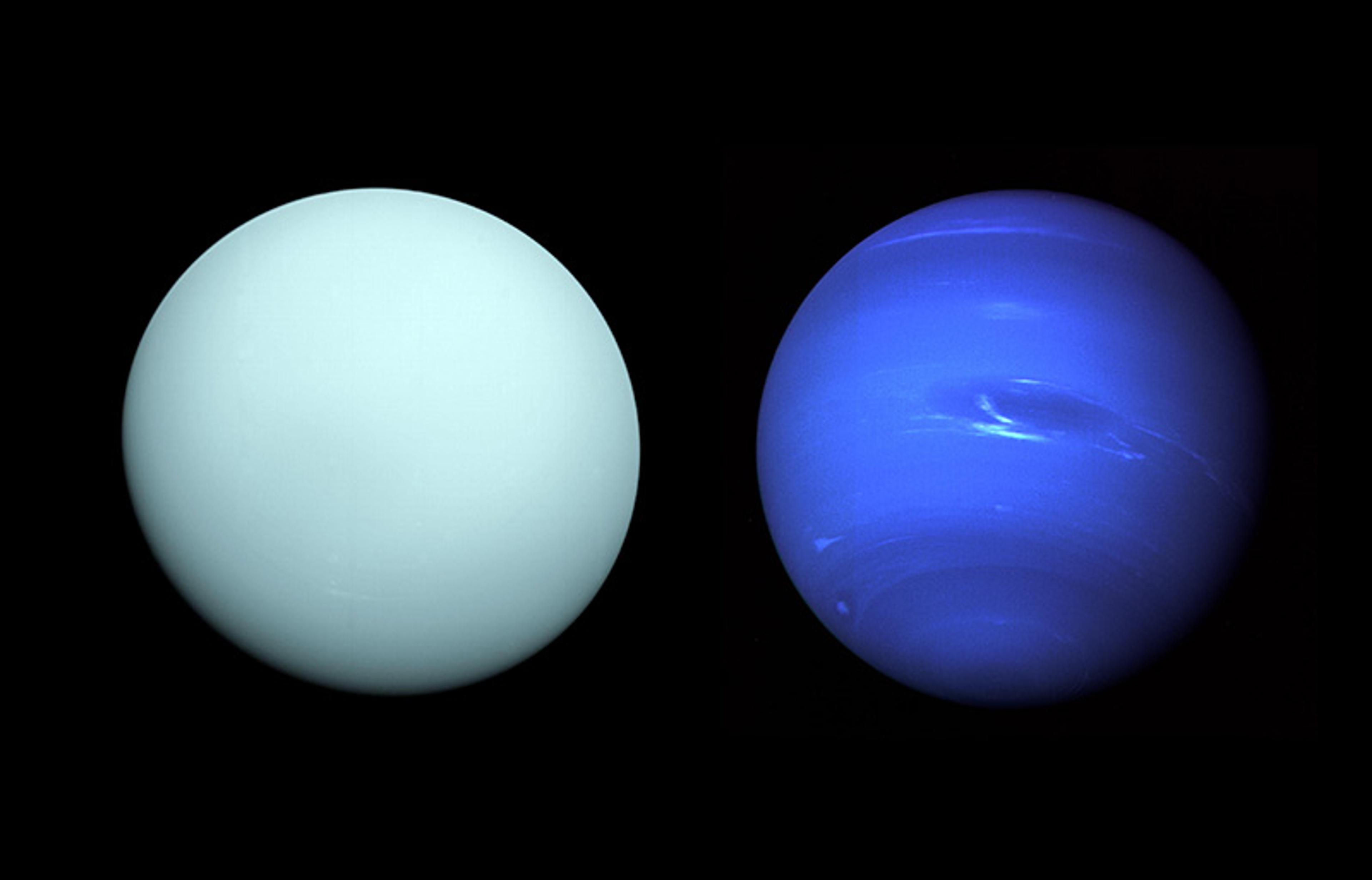
Voyager 2 observations of Uranus (left) and Neptune (right) in 1986. Courtesy NASA/JPL/Caltech.
These names didn’t catch on. For example, when the French-Italian astronomer Giovanni Domenico Cassini (1625-1712) calculated the first tables of the orbits of these moons, he offered his own names: Pallas, Juno, Themis and Ceres. In practice, though, Cassini – along with most other astronomers well into the modern period – simply referred to the moons of Jupiter by number: I, II, III and IV. Planets were named, but there didn’t seem to be any need for naming their satellites.
Part of this was that there simply weren’t many satellites to name. After the four moons of Jupiter were discovered, it was almost half a century before the largest and brightest moon of Saturn was discovered. When the Dutch astronomer Christiaan Huygens (1629-95) announced his discovery of the moon known today as Titan in 1655, he felt no need to name it. Likewise, when Cassini discovered two additional moons of Saturn in 1672, he called them the first and second. Things got a bit more complicated in 1684 when Cassini discovered another two satellites, closer to the planet than the first three. This entailed re-numbering the moons, but even this potential confusion didn’t prompt Cassini or anyone else to give the moons individual names. Instead, Cassini suggested that, like Galileo’s moons, the moons of Saturn be known as the Sidera Lodoicea (stars of Louis) after King Louis the XIV of France, ‘under whose Reign and in whose Observatory’ the four new moons were discovered.
‘As Saturn devoured his children, his family could not be assembled round him’
Historians of astronomy normally bring this story to a conclusion by explaining that, when John Herschel finally decided to give the moons of Saturn the mythological names they have today, it was to rectify this confusion. Here, he also had a familial claim. In 1789, his father William had discovered two more moons of Saturn, bringing the total of Saturnine satellites up to seven. Both of these new moons were interior to those already known. William Herschel kept the moons numbered but added his two new moons to the end of the numbering scheme, meaning that the moons of Saturn (moving outward from the planet) became known as 6, 7, 1, 2, 3, 4 and 5. When John Herschel spent several years at the Cape of Good Hope in the 1830s studying the southern skies, Saturn and its confused system of moons was ideally positioned for viewing. It was then, as is usually explained, that he straightened out this confused system of numbering by giving the moons of Saturn individual, classical names – Mimas, Enceladus, Tethys, Dione, Rhea, Titan and Iapetus (reckoning outward from the planet) – the titans of Greek mythology.
As Herschel explained, because the previous naming scheme was
practically annoying, and a source of frequent error and mistake, I have used for my own convenience … a mythological nomenclature, which, however, I do not presume to recommend to the adoption of others, though I am persuaded that some nomenclature other than the equivocal one in actual use, will be found necessary by all who observe these bodies.
As for his suggested names, ‘As Saturn devoured his children,’ Herschel pointed out, ‘his family could not be assembled round him, so that the choice lay among his brothers and sisters, the Titans and Titanesses.’
The only problem with Herschel’s published explanation – that he had named the moons simply for clarity – is that it was offered in 1847, a decade after his observations of Saturn were actually made. Indeed, the very day that the mythological names for Saturn’s moons appear for the first time in Herschel’s diary is the same day that Herschel received the letter from Le Verrier pledging to refer to the Georgium Sidus as ‘Herschel’.
Naming Saturn’s moons, it seems, offered Herschel an ideal way out of the Neptune controversy. While the debate on what the new planet would be called raged on, Herschel was in the midst of finalising the Cape Results, the massive volume that was the outcome of his observing campaign at the Cape from 1834 to 1838. The Results represented the completion of history’s first telescopic survey of the entire sky. It included a chapter on Saturn as well, and the discussion here on the planet and its moons offered the perfect opportunity for Herschel to introduce his new nomenclature, ostensibly for clarity. In fact, what Herschel’s names for the moons did was help cement a nomenclatural system built on classical mythology, and ensure that names such as ‘Herschel’ or ‘Le Verrier’ had no place in the skies. Sponsored by the Duke of Northumberland, the Cape Results delivered Herschel’s new nomenclatural system as part of an elaborate and impressive astronomy tome, presented to Queen Victoria and Prince Albert in 1847, and shipped out to observatories and astronomers all over the world.
Herschel’s plan worked. The naming scheme for Saturn’s moons was immediately adopted by other astronomers. When the astronomer William Lassell (1799-1880) discovered another satellite of Saturn in 1848, he named it Hyperion, following the titanic naming convention. And, since then, all moons discovered around Saturn have followed this basic scheme, being adjusted by the International Astronomical Union (IAU) only recently to allow for giants from other mythologies due to the number of newly discovered satellites.
Not everyone was happy with Herschel’s suggestion. The crotchety Scottish physicist David Brewster (1781-1868) felt it unnecessary to introduce more pagan deities into the heavens. Numbering the moons had been fine for centuries; what was the need to change it now? ‘If the houses of a street are numbered before it is completed,’ Brewster maintained, ‘the numbers must be changed whenever a new house is placed on a vacant area.’ Doing so for moons was better than ‘the admission of a brood of demigods’ into the solar system and, besides, what would become of the other planets? ‘[W]e cannot allow the planet Saturn to have a monopoly of the gods.’ The moons of Jupiter would need similar names, as would any moons of Uranus and Neptune.
As far as the controversy over Le Verrier’s planet, though ‘Neptune’ was already winning out over the name ‘Le Verrier’ by the time the Cape Results was published, the new names for Saturn’s moons helped to tip the scales of popular opinion firmly against contemporary, nationalistic names in the sky. Herschel’s names were a turning point in solar-system nomenclature. The moons of Saturn became an antithesis to earlier attempts to recognise specific individuals or patrons in the heavens. Herschel used Saturn’s moons as a means of de-personalising the heavens at a time when international tempers were flaring. The gesture carried extra weight in the astronomical community as well because it came from Herschel – the only person outside the Neptune debate who had a personal stake in the issue of naming planets. It was certainly lost on no one that by helping to establish a mythological nomenclatural system, Herschel was giving up any chance that Uranus would continue to be referred to by the name his father had given it.
The naming scheme enshrined ‘a stunning act of Anglo-American cultural imperialism’ in the heavens
This story has a curious epilogue because it turns out that Brewster’s prediction was right: there were more satellites in the outer solar system that eventually needed names, and John Herschel had one additional legacy to leave. When his friend Lassell discovered two moons of Uranus and rediscovered the two that William Herschel had spotted around that planet decades earlier, he wrote asking John Herschel to suggest names for them. And once again, Herschel was able to shape nomenclature, this time in a surprising way. He wrote to Lassell that he thought the names of sprites or fairies would be appropriate and offered Oberon, Titania, Umbriel and Ariel – all but Umbriel names from the work of William Shakespeare. (Umbriel came from Alexander Pope’s 1717 poem The Rape of the Lock, though Herschel admitted that Pope was ‘hardly classical enough’.) For Herschel, the literary source was less important than the theme of airy spirits.
Lassell was also initially worried that the suggested names would not be classical enough but finally admitted it was probably safe for a planet discovered by an English astronomer to be attended by satellites named for characters from the work of English writers no longer living. The irony is that, whereas Herschel’s names for Saturn’s moons helped to depersonalise the heavens, his suggested scheme for Uranus’s moons (since formally ratified by the IAU) enshrined what one author has referred to as ‘a stunning act of Anglo-American cultural imperialism’ in the heavens.
Once again, contemporary popular culture was on Herschel’s side. As the Shakespeare scholar Todd Borlik has pointed out, the triumph of Romanticism throughout Europe by the mid-1800s meant that Shakespeare (though not so much Pope) was seen as a universal rather than particularly English genius. Because of the Bard’s immense cultural appeal during this period, Herschel’s suggested names transcended cultural or nationalistic boundaries and allowed him the opportunity, whether he intended it or not, to enshrine English literature around the planet first named for an English king.
Nomenclature in the solar system and beyond remains a complex topic today. Officially coordinated and governed by the IAU, the process of naming things in space extends from newly discovered exoplanets to the surface features of planets and moons in our own solar system. As Herschel’s role in the establishment of this nomenclature shows, despite the best efforts of astronomers to keep space names neutral, they’re always entangled in human affairs – our history, our culture, and sometimes even our politics. And this is how it should be. Herschel’s best attempts to keep names in space transnational still enshrined Eurocentric biases, and his second legacy around the moons of Uranus were even more tightly Anglocentric. Today, instead of a neutrality that is in principle unobtainable, a better goal is inclusion. The things we name in the Universe – which in itself bespeaks a certain hubris – should be named for all of us, and strides that have been taken in recent years to draw upon the mythology of cultures around the world, though they still have far to go, are at least steps in the right direction.
